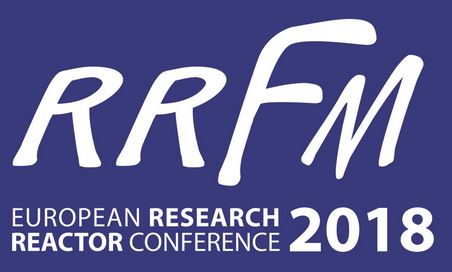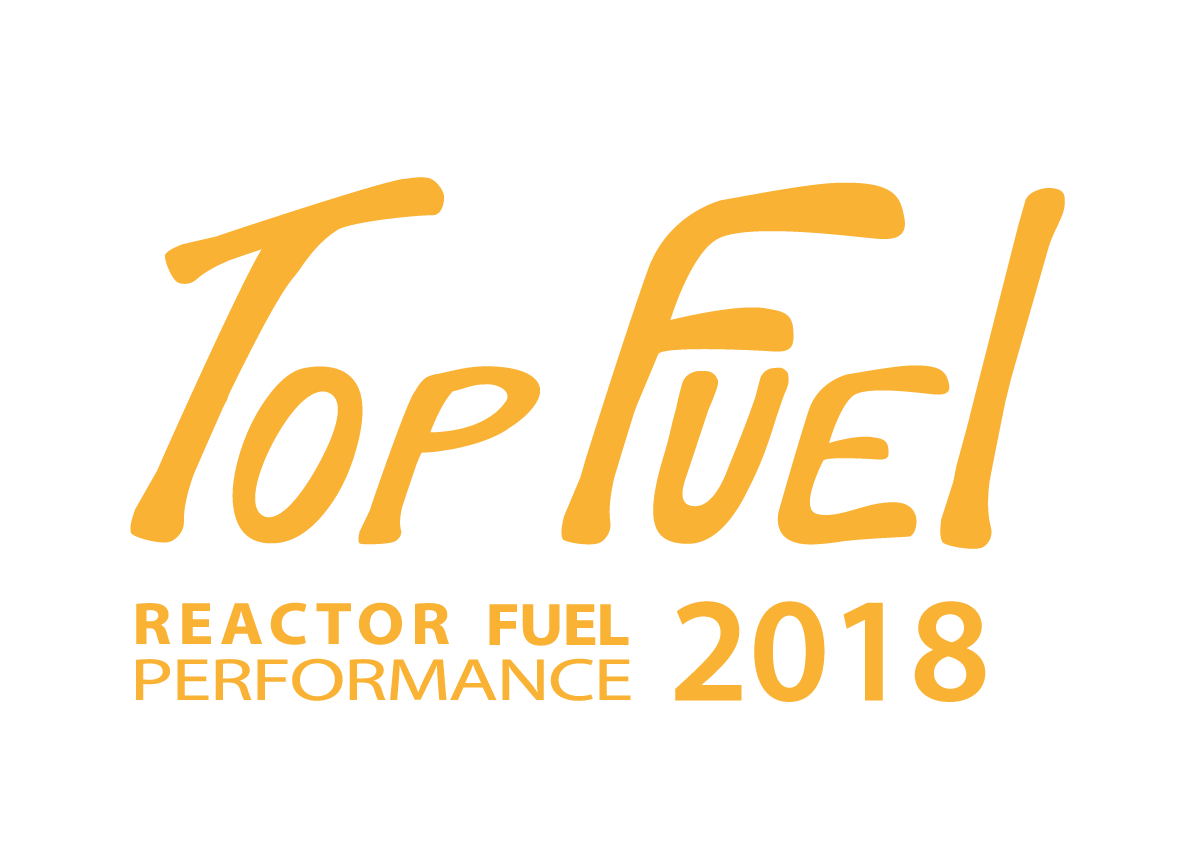Boiling water reactor
 scroll scroll 
Nuclear reactor with water as a coolant and as a moderator, boiling in the core. The resulting steam is generally used directly to drive a turbine. Example: Nuclear Power Plant Gundremmingen, Unit C, 1,344 MWe. The fuel elements containing the uranium dioxide are located in the pressure vessel, two thirds of which are filled with water. The water flows through the core from bottom to top and removes the heat developed in the fuel elements. Part of the water evaporates. Following steam-water separation in the upper part of the pressure vessel, the saturated steam at a temperature of about 290 °C and a pressure of approx. 70 bar (7 MPa) is fed to the turbine. This amounts to up to 7,500 t steam per hour. The turbine is coupled to a three-phase generator. The steam exiting the turbine is liquefied in the condenser. For this purpose about 160,000 m3 cooling water per hour is required and is taken from the cooling tower circuit. The feed water is heated to a temperature of about 215°C by means of a heating system and refed into the reactor. The control rods containing the neutron-absorbing material are inserted in the core from below by means of an electromotor (normal drive) or hydraulically (trip). The piping leads out of the containment into the engine house. A number of safety devices are installed to achieve immediate isolation of the reactor from the engine house in case of a malfunction.
Diagram boiling water reactor

Principle of a nuclear power plant with
boiling water reactor
back
|
|

11 - 15 March 2018
Munich, Germany

30 September - 04 October 2018
Prague, Czech Republic |